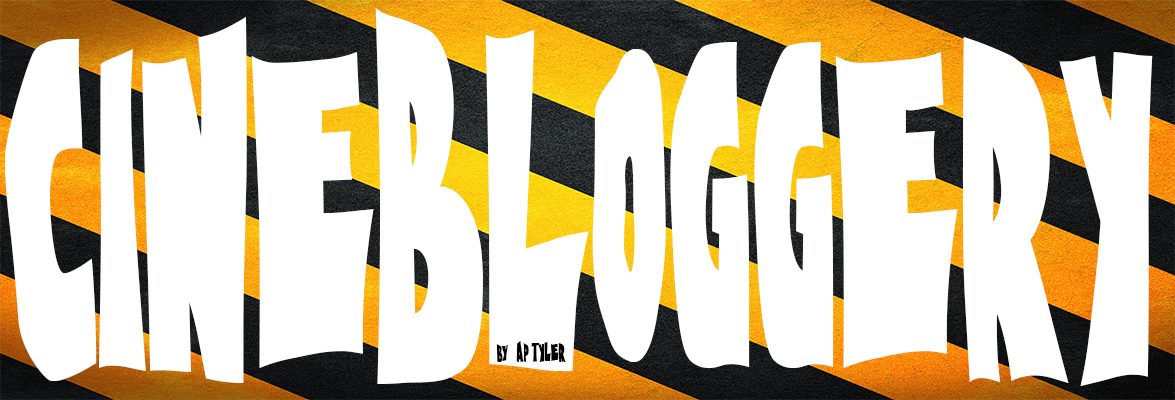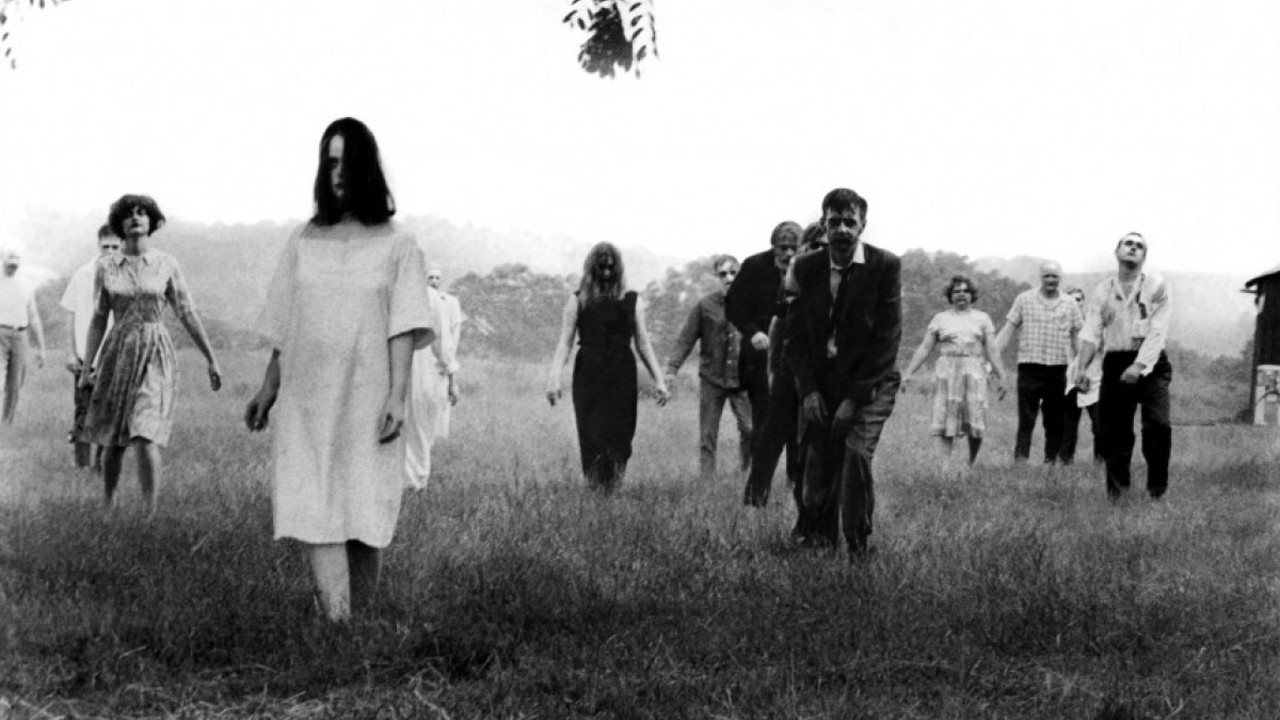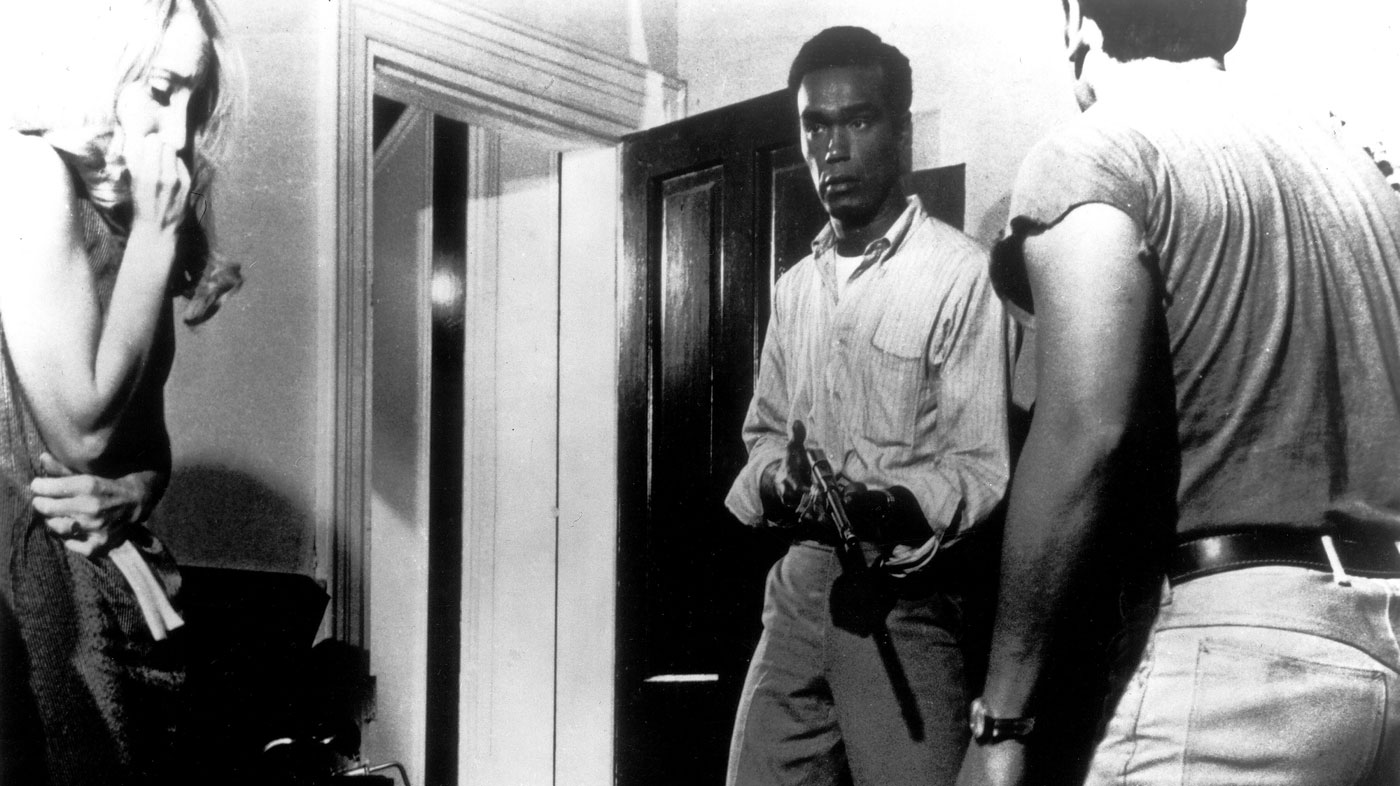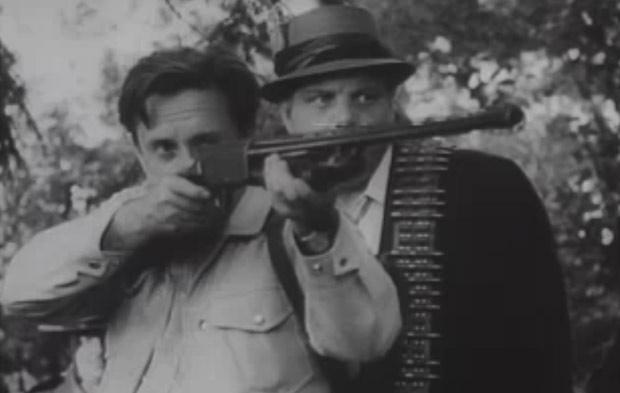They’re coming to get you, Barbra!
At a formative age, I spent many nights curled up in bed watching a knackered piece of crap, its flickering black and white pictures guiding me through many, many hours of movie magic – mostly horror, but thanks to Channel 4’s excellent Sunday evening schedule, I caught most of the more memorable films out there.
Austin Powers: Man Of Mystery (1997) was one of them, as was Alien (1979) and, most coincidentally, Night Of The Living Dead (1968). I’m mostly guessing at whether or not I should thank Channel 4 for this, I guess I could have seen this on BBC One or Two but, frankly, who cares.
The point is, I watched Night Of The Living Dead (1968) way before I should’ve done – and I loved every second of it. In light of this review, I watched it once more for old time’s sake and man does it hold up.
Well, some of it does anyway.
I’m going to bet that anybody reading this will already know everything they need to about this groundbreaking film by George A. Romero. After all, if nothing else it is the production that launched the ‘zombie’ as we know it today. A flesh-eating, masterless corpse with a nasty habit of not understanding ‘no’ means ‘no’ when giving love bites.
Who knows, though, you might not know what it’s all about. So here goes.
The Night It All Kicked Off
The film opens on Barbra (Judith O’Dea) and Johnny Blair (Russell Streiner) visiting their father’s grave deep in rural Pennsylvania. While at the graveyard, the pair are attacked by a strange man prowling amongst the gravestones. Johnny is knocked unconscious, presumably killed, during the fight and Barbra retreats into a nearby, seemingly abandoned, farmhouse.
While there, she finds she is trapped inside the empty building as the shambling creatures begin to gather outside. She finds a mutilated corpse at the top of the stairs and attempts to leave the house, but is saved at the last minute by Ben (Duane Jones), a black man (significant in 1960s America) who takes charge of the rapidly diminishing Barbra and removes the immediate threat with some fairly heavy, brutal blows to the head with a tire iron.
A little aside here, one of the more significant elements of this film – and something that I appreciated when I first watched it – was the weight of the zombies. Hitting them felt heavy. Like it was hard work and took some serious strength to manage. Modern zombie films lack this, with zombies that feel just a little bit fake.
There were no tricks or gadgets, no clever puns or witticisms, just pure brute force.
Likewise, another often ignored detail is how Ben gathers the materials necessary to barricade the farmhouse’s doors and windows from the growing horde. Doors, skirting boards, ironing boards, even furniture, anything that can be used, is.
As Ben demolishes an antique table, he explains to the now clearly shell-shocked Barbra what he has seen outside. He explains in detail how he had seen the ‘things’ outside chasing after burning trucks, attacking people in the street. Yes, he said chasing. In the first film to create zombies as we know them, they ran. Not only that but they used weapons.
As we are treated to some further exposition by an ongoing news report over the radio, two strangers emerge from the basement. Tom (Keith Wayne), a dozy eyed all-American farmboy, the other, Harry (Karl Hardman), a cranky middle aged man portrayed by the Mid-Atlantic version of Keith Allen. As the group argue about their best chance of survival, the farmhouse quickly becomes surrounded.
As we reach the middle of the film, the narrative becomes full of metaphors. Middle-aged white folk hole themselves up while the young and multi-cultural horde resources and build a safe place to live. Hm.
I’m not going to go on much longer, but as the survivors become more desperate we begin to see the lengths people will go to survive against all reason or advice. Then, as the credits roll, we are left with the chilling reminder that whatever it is that’s attacking us, the most frightening thing is each other.
I mentioned at the beginning of this review that the story holds up. Well, it certainly does. The effects are obviously somewhat dated but the characters, the setting and the dialogue truly sell a timeless story. The music, sadly, dates the film more than anything else. As does the opening scene, which feels like a parody of classic horror.
The version I watched tonight was, sadly, in colour. It wasn’t deliberate, I just happened to pick up the DVD for a quid in Woolworths, many years ago. I say sadly because the film was released in black and white originally, I presume because of the cost, but more significantly at the time this film is set, news broadcasts were only ever broadcast without colour. This left the film feeling more real than other, more colourful, productions at the time.
It’s hardly the same as found footage, but I suppose it certainly stands out alongside Orson Welles’ War Of The Worlds in terms of telling a story using a fictional realism.
Sorry, I’ve gone a bit film student on you. This film is great, end of. In comparison with modern zombie narratives, watching Night Of The Living Dead (1968) feels like reading the classic novel that inspired a glossy Hollywood movie.
If you care about the horror genre, this film should be near the top of your must-watch list. I still remember the open-mouthed shock I experienced during those final scenes, all those years ago.
But wait, there’s more!
Browsing YouTube for clips of or about this film wasn’t too easy, for those of you interested, there are some wonderful interviews with George A. Romero, but nothing quite so condensed – and full of famous faces – as this great clip from Bravo’s 100 Scariest Movie Moments.
Check it out here:
Yours, A P Tyler

















